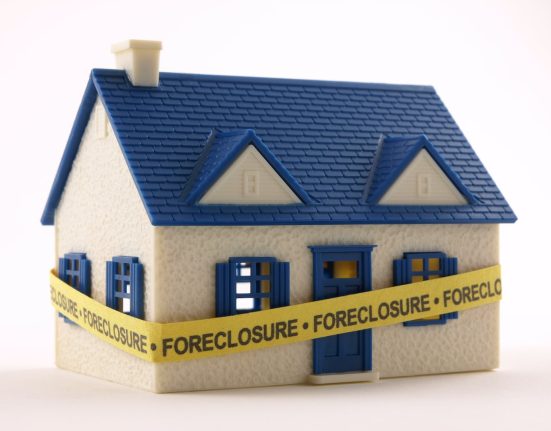The CalAssist Mortgage Fund is a new source of financial relief for California homeowners whose properties were destroyed after recent disasters.
The fund provides grants of up to $20,000 to cover three months of mortgage payments for eligible homeowners. The state has allocated $105 million for the program.
“California is extending this ongoing support to disaster victims in Los Angeles and beyond, by assisting with mortgage payments to relieve financial pressure and stress as families rebuild and recover,” Governor Gavin Newsom said in a press release.
The grants do not need to be repaid and will be sent directly to mortgage companies, minimizing the steps required for processing and allowing homeowners to focus on recovery.
Major fires, floods, and other government-declared disasters or states of emergency that occurred between January 2023 and January 2025 are qualifying events for the grants, including the Eaton and Palisades fires that burned thousands of homes.
Research by the Federal Reserve Bank of Philadelphia, which analyzed wildfire losses in California between 2017 and 2021, found that nearly 40% of damaged homes were underinsured by more than $100,000, and more than 1 in 5 had shortfalls exceeding $200,000.
The prevalence of these types of insurance gaps, combined with the emotional and financial toll of losing a home, highlights the importance of programs like the CalAssist Mortgage Fund.
“Homeowners whose home was destroyed in a recent fire, flood or other disaster deserve support in their recovery. We know that recovery takes time, and the state is here to support,” Newsom said in the release.
The California Housing Finance Agency (CalHFA) is administering the program.
In addition to the mortgage grants, CalHFA is also providing $25 million in housing counseling support through its National Mortgage Settlement (NMS) Housing Counseling program. This program is designed to help homeowners understand their options, complete applications, and navigate the recovery process.
How to Get Mortgage Aid
To be eligible for financial assistance through the CalAssist Mortgage Fund, an applicant’s primary residence must be a single-family home, condo, or permanently affixed manufactured home. Properties with up to four units are included.
Disaster survivors must also have an active mortgage or reverse mortgage, and the property cannot currently be in foreclosure.
Applications for the CalAssist Mortgage Fund open on June 12, 2025. Homeowners are encouraged to apply as soon as possible before funds are exhausted.
Steps to Apply
- Check Qualified Disasters: Confirm that your disaster event is listed as a qualifying event under the program.
- Review Income Limits: Each county has specific income limits for access to these grants.
- Verify Mortgage Servicer Participation: Not all mortgage servicers participate, so homeowners should check with their lender ahead of time.
- Prepare Documentation: To apply, homeowners will need to gather the following:
- Mortgage statement
- Bank statements
- Utility bills
- Proof of income
- Homeowner insurance claim or FEMA application (if applicable)
For more information on eligibility and the application process, visit CalAssistMortgageFund.org. Disaster survivors who need assistance can also call 1-800-501-0019 between 8 a.m. and 5 p.m., Monday through Friday.
The LA County Department of Consumer and Business Affairs’ foreclosure prevention expert can help homeowners facing difficulty paying their mortgage. You can also discuss other relief options with a U.S. Department of Housing and Urban Development (HUD)-certified housing counselor.







